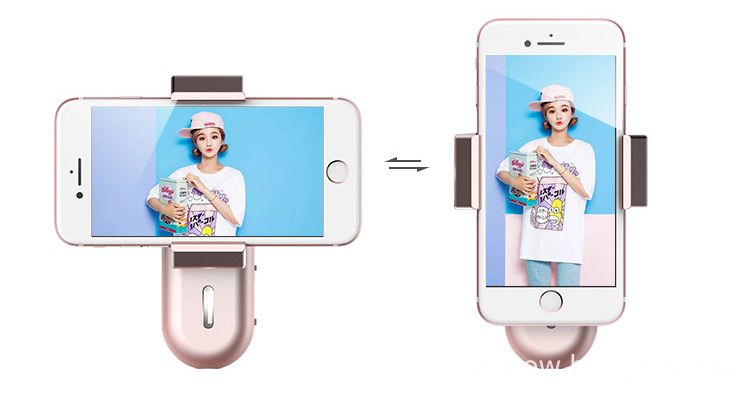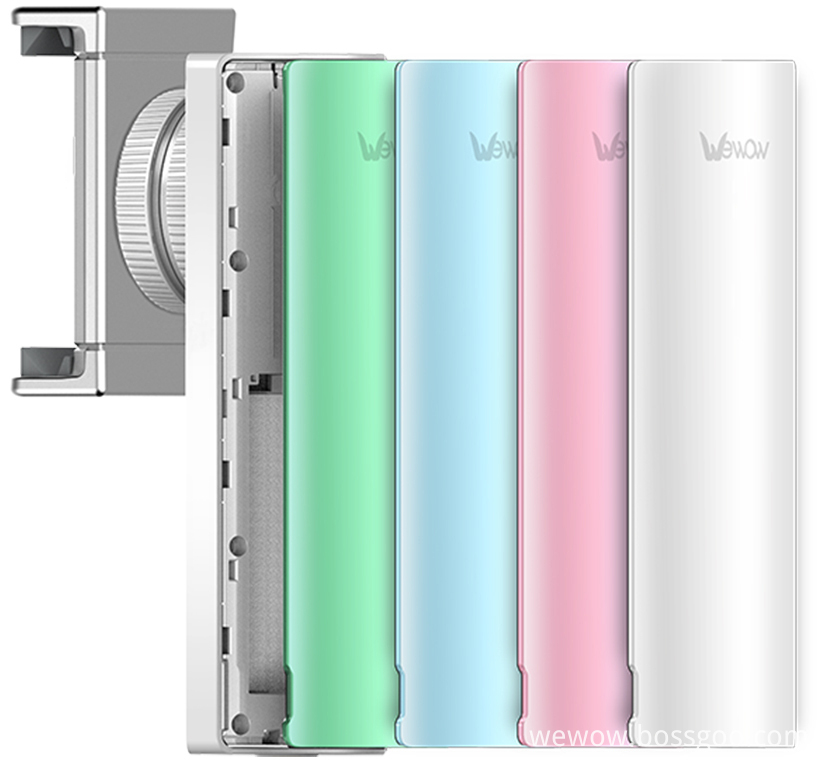After Edison invented incandescent lamps in 1879, lighting technology entered a new era. New sources such as fluorescent lamps, mercury lamps, high and low pressure sodium lamps, metal halide lamps, compact fluorescent lamps, high frequency electrodeless fluorescent lamps, and microwave sulfur lamps are emerging. However, the real revolution in lighting technology is still light-emitting diodes (LEDs). LEDs are all solid-state cold light sources, smaller in size, lighter in weight, stronger in structure, low in operating voltage and long in service life.
In 1907, Henry Joseph Round observed electroluminescence for the first time in a piece of silicon carbide. In 1936, George Desitiau published a report on the emission of zinc sulfide powder. In the 1950s, British scientists invented the first modern LEDs with semiconductor gallium arsenide in electroluminescence experiments. In the late 1960s, the first visible red LED was invented using phosphide on a gallium arsenide substrate. In the mid-1970s, gallium phosphide began to be used as a light source. A major technological breakthrough in the early 1980s was the development of AlGaAs LEDs, which emit red light at a luminous efficiency of 10 lm per watt. In the early 1990s, indium aluminum gallium phosphide (AlInGap) was used to produce orange, orange, yellow and green LEDs. In the middle of the same century, ultra-bright GaN LEDs appeared, and then indium gallium LEDs that produced high-intensity green and blue light appeared.
LED lighting products are lighting fixtures that use LEDs as light sources. In the field of lighting, the application of LED lighting products is attracting the attention of the world. LED lighting products have the advantages of energy saving and health. LED is a cold light source, and the semiconductor lighting itself has no pollution to the environment. Compared with incandescent lamps and fluorescent lamps, the power saving efficiency can reach more than 90%.
At the same brightness, the power consumption of LED lighting products is only 1/10 of that of ordinary incandescent lamps, which is 1/2 of fluorescent tubes. If we replace 50% of our current traditional lighting with LEDs, China's annual electricity savings is equivalent to the sum of the three Gorges power generation, which shows that its energy-saving benefits are considerable.
The LED acts as a green light source. There is no infrared and ultraviolet components, no radiation pollution, high color rendering, and strong directionality of light; good dimming performance, no visual error when color temperature changes. It not only provides comfortable lighting space, but also satisfies people's physiological health needs. It is a healthy light source that protects vision and is environmentally friendly.
We can get a little bit of the development trend of LED light source from Table 1. However, the current high-power LEDs have higher prices and low application efficiency. The high-intensity gas discharge lamp with a commercial high-power LED of 3 watts or more is low, and the high-intensity gas discharge lamp with a luminous efficiency of less than 100 lumens per watt is lower than the rare earth trichromatic fluorescent lamp of 60 lumens or more per watt. Another problem with low light efficiency is that the input electrical energy is converted into thermal energy in large quantities. These are the problems that high-power LED lights have to solve.

In recent years, Japanese government measures such as the "21st Century Light Plan", the US "Next Generation Lighting Plan", the EU "Rainbow Plan", and the South Korea "GaN Semiconductor Luminous Plan" have been introduced. The European Union, Canada, Australia and the United States will ban incandescent bulbs in 2009, 2010 and 2020 respectively. According to relevant data, LED's market share in the global general lighting market will increase from 7% in 2010 to 64% in 2020.
UL provides a safe passage for LED lighting products to enter the North American market. Since the 1990s, UL-certified LED lighting products with listed and approved components are:
Advertising & Signature Display (Signs &Outline Lighting)
Emergency light (Emergenc yLighting)
Handlamps
Cabinet light (Undercabine tluminaire)
Solar Landscape Light (SolarLandscape)
Nightlights
For more information, please refer to the March issue of "High-tech LED-Technology and Applications" magazine

Single-Axis Stabilizer is a pivoted support that allows the phone or Gopro staying stabilized. With a gyro-stabilized gimbal system, it keeps stabilized or steerable horizon with automatic calibration to give you an unprecedented smooth shooting experience.

With the 1/4" Screw Adapter at the bottom, these handheld gimbal stabilizer can be matched with multiple filming accessories.

Smartphone Gimbal are designed as pocket size, portable and easy to take. You can carry it as easy as smartphone!

Wewow focusing on handheld stabilizer is a technology company which does R & D independently. With Wenpod series product released, the company achieved the industry's praise and quickly became the leader of the smart stabilizer industry.
Our service
1. Reply to you within 24 hours.
2. Already sample: within 1-2days.
3. Shipping date: within 24 hours once get the payment.
4. 12 months warranty.
5. After-sales service, solve within 3 working dates.
If you have any questions, please contact with us directly.
Wewow appreciates domestic and international business relationship!
Single-Axis Stabilizer,Professional Single-Axis Stabilizer,Single-Axis Stabilizer Kit,Stabilizer With Single Handheld
GUANGZHOU WEWOW ELECTRONIC CO., LTD. , https://www.stabilizers.pl
